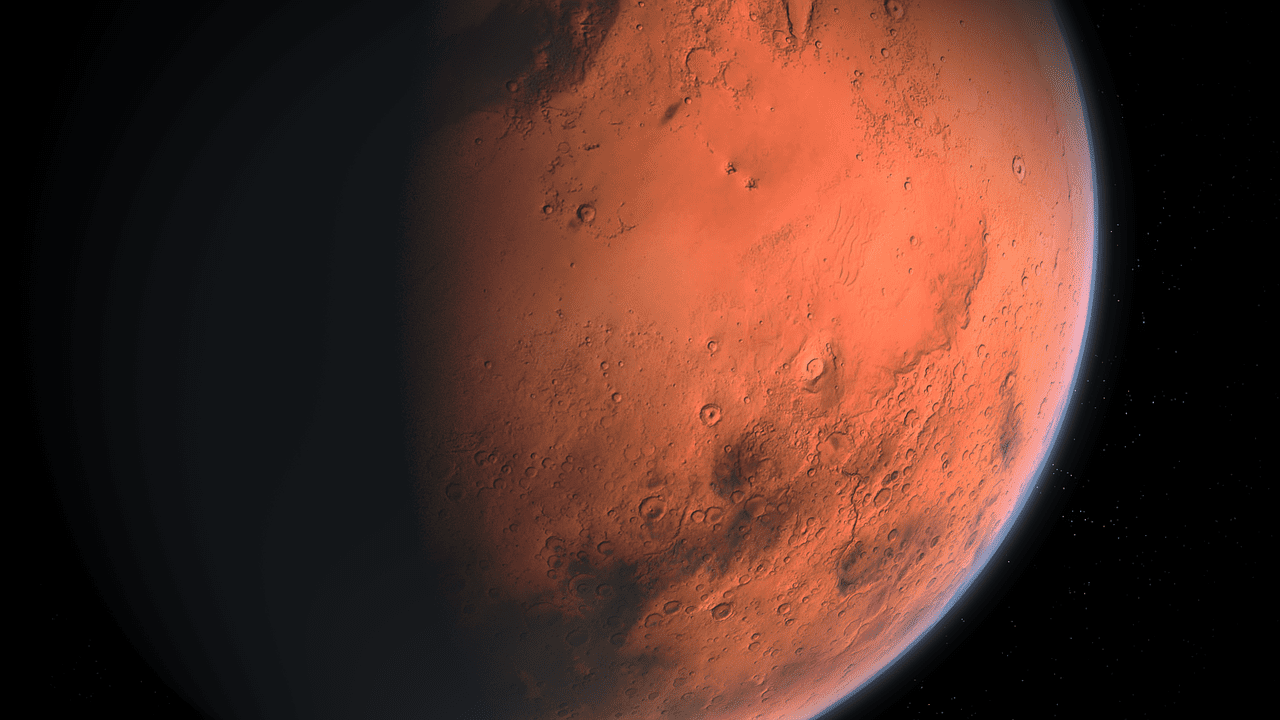If we humans have to be extra careful when an earthquake happens, any little green men living on Mars might have the same fears. While there’s no definitive proof for the existence of life on the Red Planet, we can’t say the same about geological activity similar to that of Earth.
Since you’ve already guessed what a Marsquake is, let’s get straight to the point. According to ScienceAlert.com, astronomers detected the two strongest quakes to date on the Red Planet.
Blame it on S0976a and S1000a
The two Marsquakes in question were designated as S1000a and S0976a, and they were both recorded in August and September 2021. The first reached a magnitude of 4.1, while the other was of the intensity of magnitude 4.2. Astronomers were able to detect the two quakes thanks to NASA’s InSight lander.
Anna Horleston, a planetary seismologist from the University of Bristol (UK), explains:
Not only are they the largest and most distant events by a considerable margin, S1000a has a spectrum and duration unlike any other event previously observed,
They truly are remarkable events in the Martian seismic catalog.
The scientist also explained more about the two Martian quakes, as the same source quotes:
[S1000a] has a frequency spectrum much more like a family of events that we observe that have been modeled as shallow, crustal quakes, so this event may have occurred near the surface,
S0976a looks like many of the events we have located to Cerberus Fossae – an area of extensive faulting – that have depths modeled to be around 50 kilometers [31 miles] or more and it is likely that this event has a similar, deep, source mechanism.
The InSight lander belongs to NASA, and it arrived at the Red Planet in November 2018. The goal of the lander is to provide a much deeper understanding of the planet’s interior and composition. InSight stands for “Interior Exploration using Seismic Investigations, Geodesy and Heat Transport.”












Leave a Reply